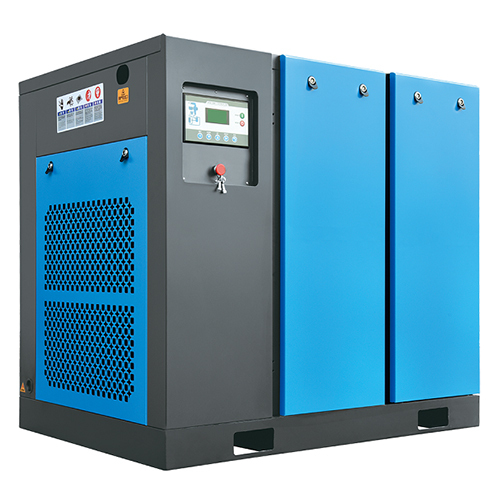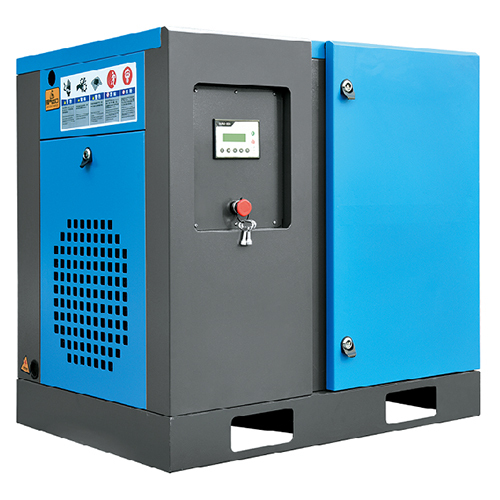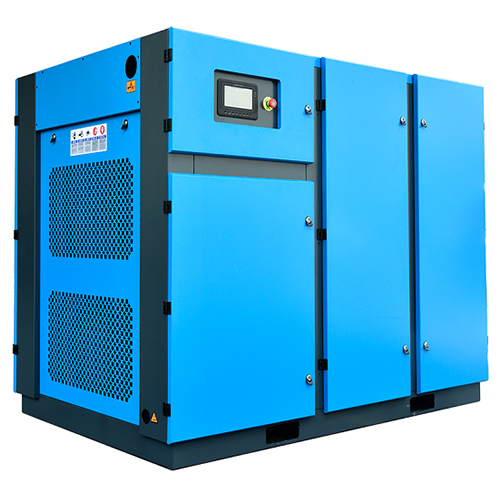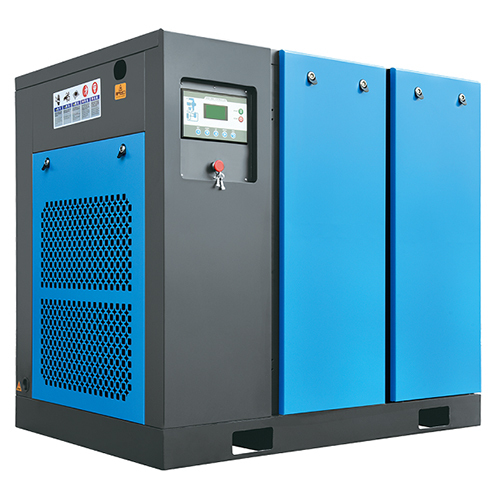Call Us Now
08045815828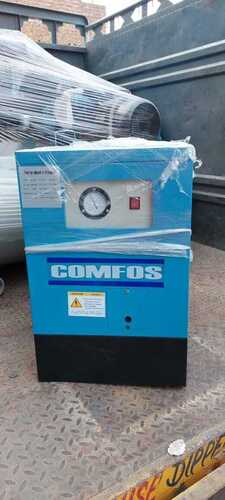
Air Dryer
55000.00 INR/Unit
Product Details:
X
Air Dryer Price And Quantity
- 55000.00 INR/Unit
- 4 Unit
Product Description
Enter Buying Requirement Details

 English
English Spanish
Spanish French
French German
German Italian
Italian Chinese (Simplified)
Chinese (Simplified) Japanese
Japanese Korean
Korean Arabic
Arabic Portuguese
Portuguese